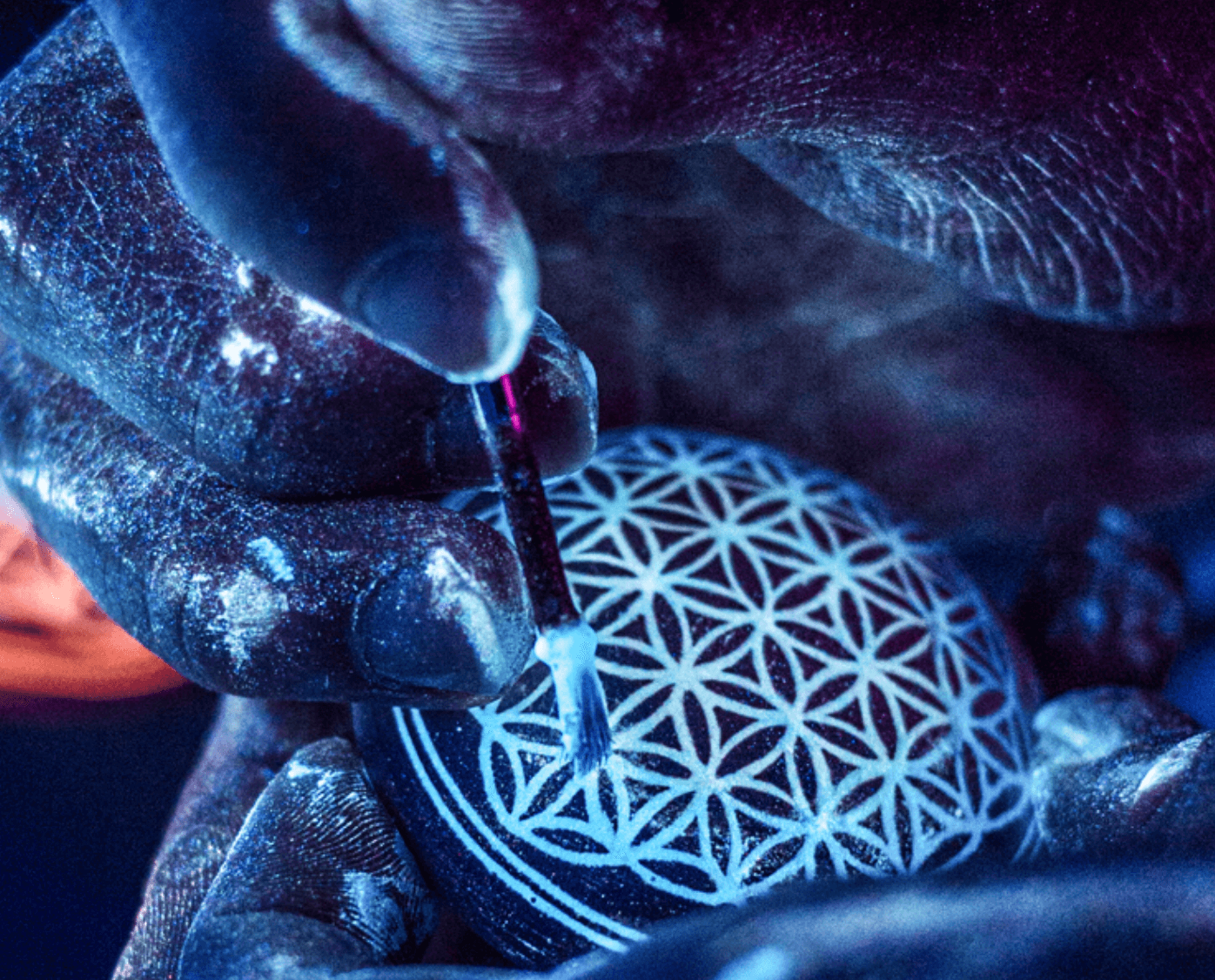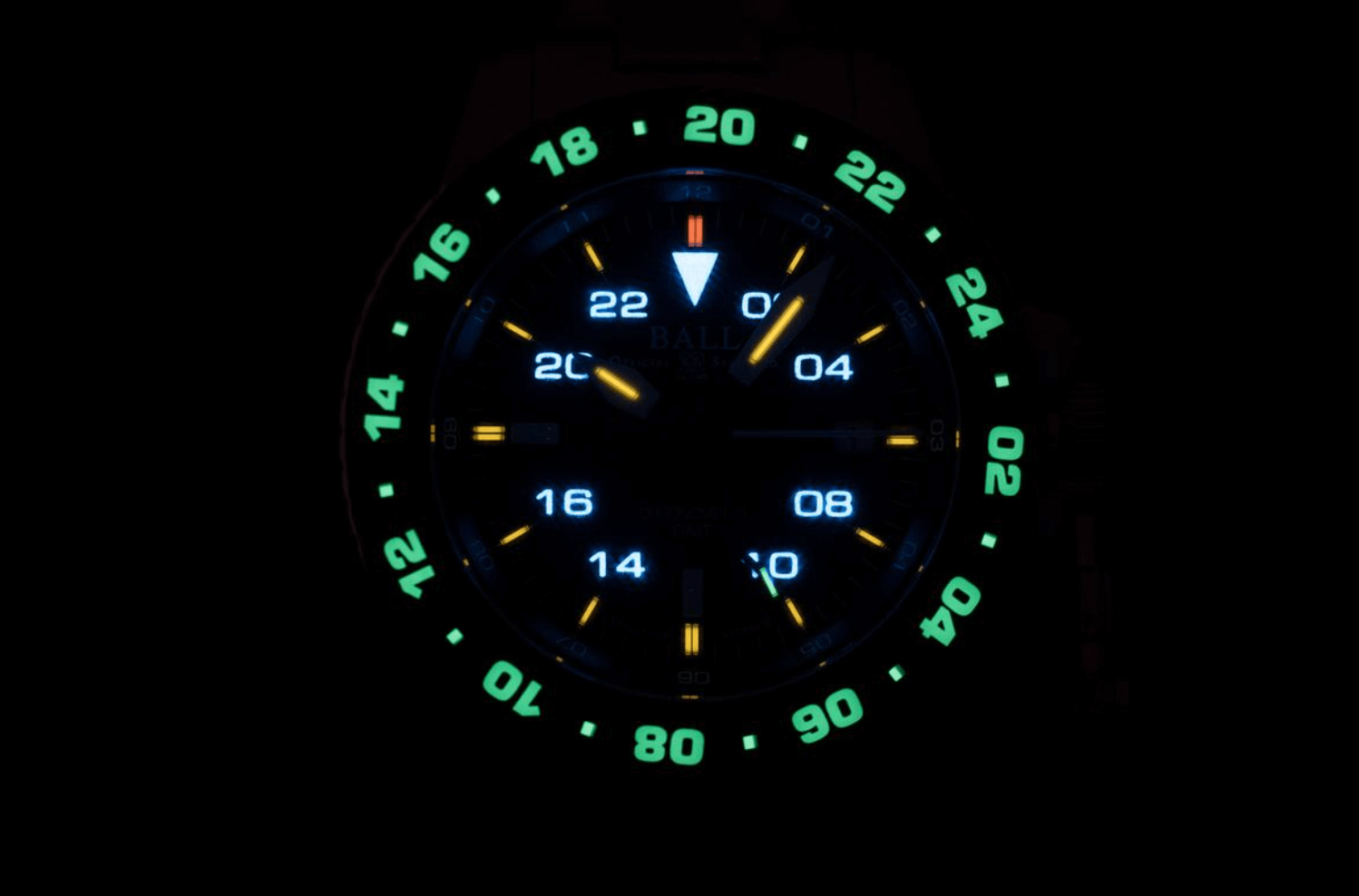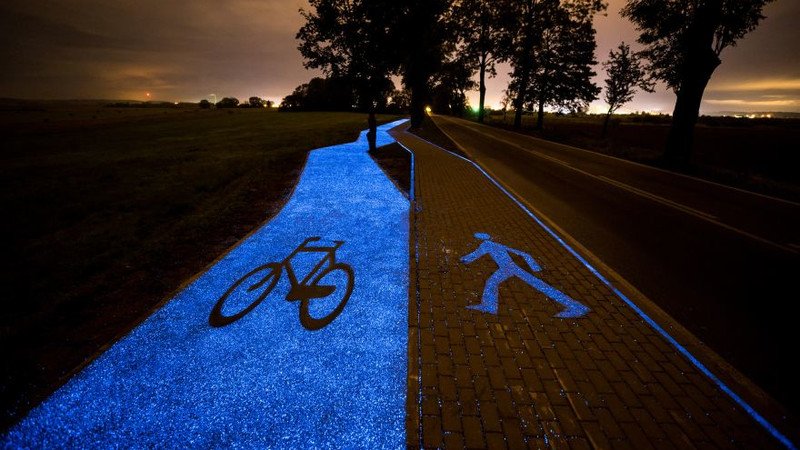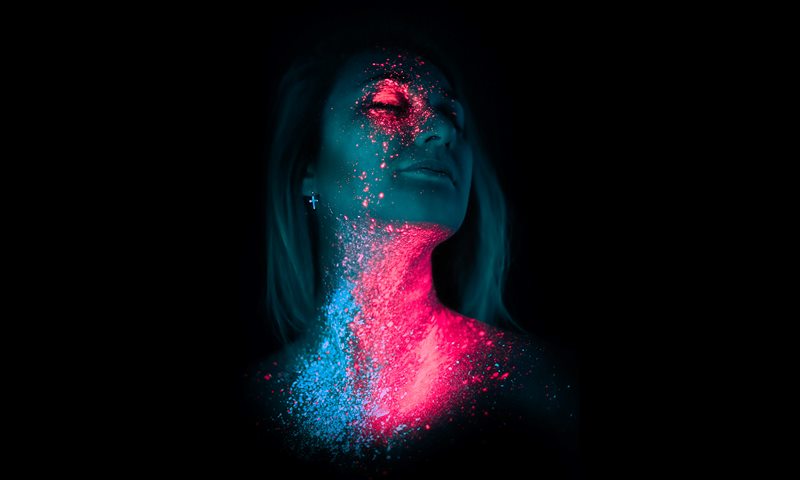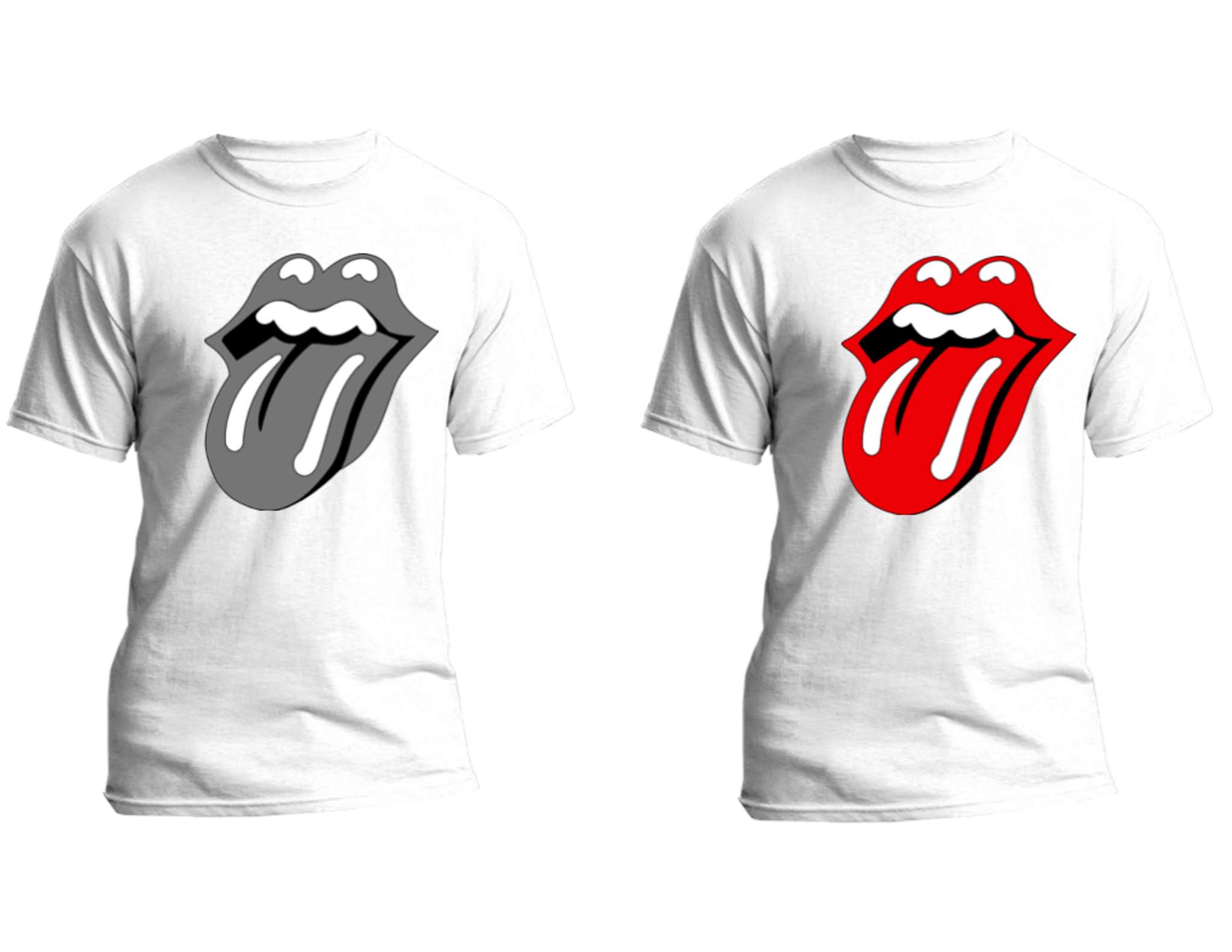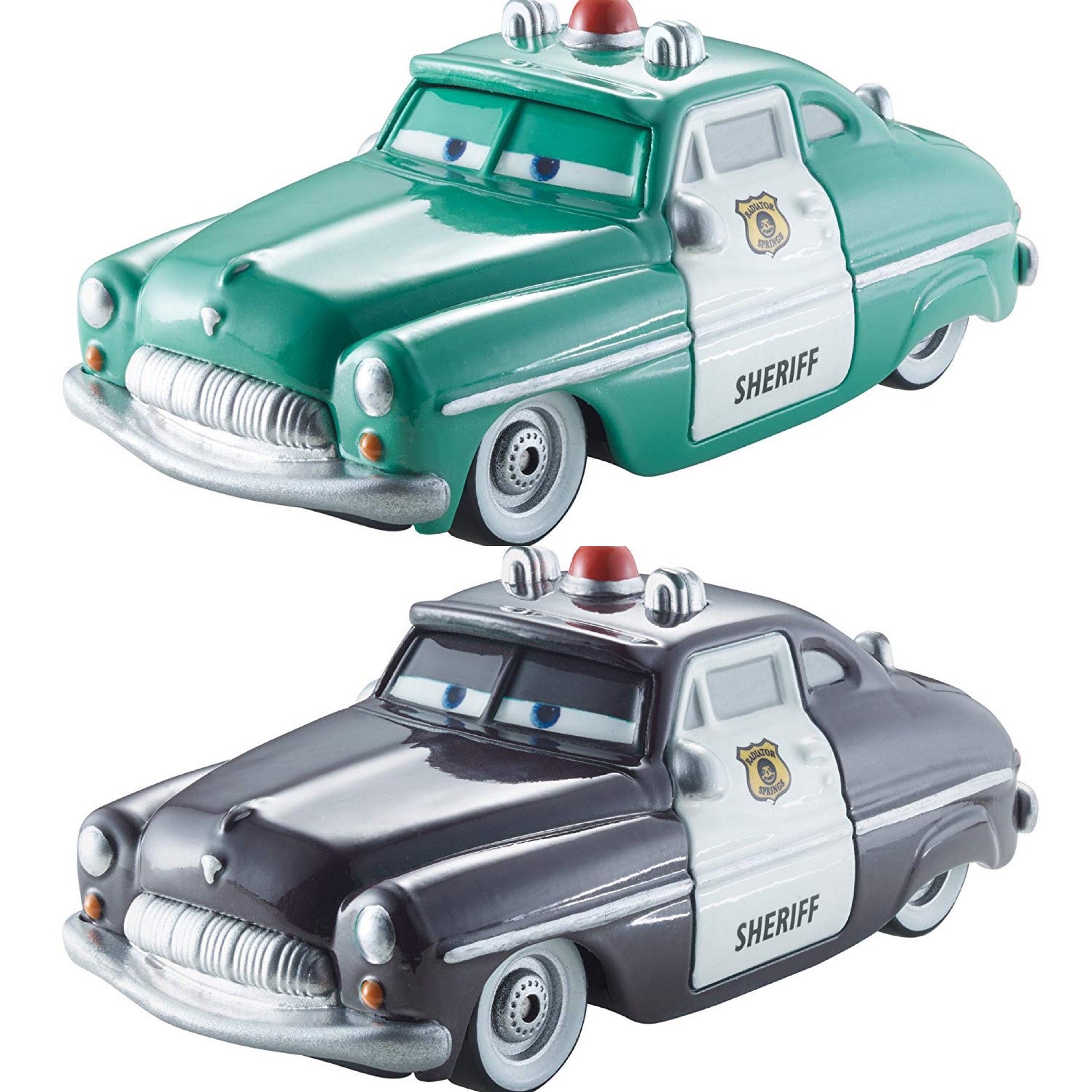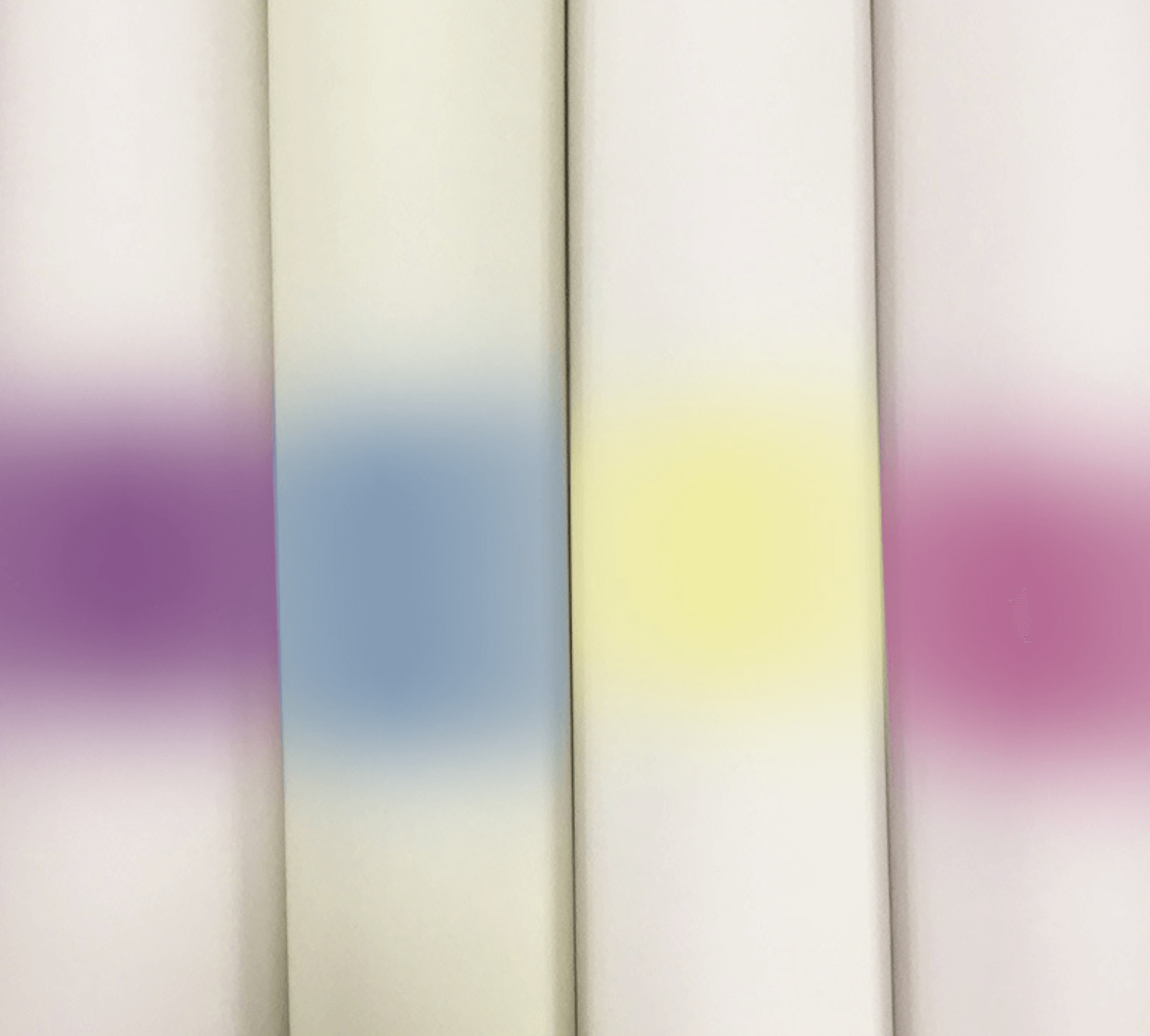
Unlocking the Magic of Color: Exploring Photochromic and Thermochromic Pigments for Leather
Leather has been a beloved material for centuries, prized for its durability, versatility, and luxurious feel. But what if leather could do more than just look and feel good? What if it could also change color in response to heat or UV light, adding a touch of magic and intrigue to leather products? With the advent of photochromic and thermochromic pigments, this is now possible. In this blog post, we will delve into the fascinating world of photochromic and thermochromic pigments for leather, exploring their properties, applications, and the endless creative possibilities they offer.
Understanding Thermochromic Pigments
Thermochromic pigments are a type of color-changing pigment that respond to changes in temperature. When exposed to heat, thermochromic pigments undergo a reversible color change, transitioning from one color to another. This heat-induced color change is a result of the pigment’s molecular structure, which is designed to be temperature-sensitive.
Thermochromic pigments are available in various forms, including powders, pastes, and paints. Thermochromic pigment powders are finely ground particles that can be easily mixed with different mediums, such as resins, varnishes, or coatings, making them highly versatile for leather applications. Thermochromic pigments are typically available in a wide range of colors, including reds, blues, greens, yellows, and many others, allowing for endless possibilities in creating heat-sensitive color-changing effects on leather products.
One of the key advantages of thermochromic pigments is their ability to provide an interactive experience for users. When heat is applied to the leather, the thermochromic pigment can change color, revealing hidden patterns, messages, or designs. This makes thermochromic pigments ideal for creating unique and captivating leather products, such as wallets, bags, belts, and footwear, that capture attention and spark curiosity.
Exploring Photochromic Pigments
Photochromic pigments, on the other hand, are color-changing pigments that respond to changes in UV light exposure. When exposed to UV light, such as sunlight, photochromic pigments undergo a reversible color change, shifting from one color to another. This UV-induced color change is a result of the pigment’s ability to absorb UV light and trigger a molecular reaction that alters its color.
Similar to thermochromic pigments, photochromic pigments are available in various forms, including powders, pastes, and paints. Photochromic pigment powders can be easily mixed with different mediums, making them suitable for leather applications. Photochromic pigments are also available in a wide range of colors, from vibrant hues to subtle shades, providing ample creative opportunities for leather artisans and designers.
One of the distinctive features of photochromic pigments is their ability to create dynamic color-changing effects in response to sunlight or other sources of UV light. When exposed to UV light, the leather product can change color, creating intriguing visual effects that vary depending on the intensity and duration of the UV exposure. This makes photochromic pigments ideal for creating leather products that respond to environmental conditions, such as sunglasses that darken in sunlight, or bags that reveal hidden patterns when taken outdoors.
Applications and Creative Possibilities
The versatility of thermochromic and photochromic pigments opens up a wide range of applications and creative possibilities for leather products. Here are some examples:
1. Fashion and Accessories: Thermochromic and photochromic pigments can be used to create unique and eye-catching leather accessories, such as bags, belts, wallets, and bracelets, that change color with heat or UV light exposure, adding an element of surprise and intrigue to the wearer’s style. For example, a bag could feature a thermochromic pigment that changes color when touched, creating an interactive and playful experience for the user. Or a photochromic pigment could be used to create a handbag that changes color when exposed to sunlight, providing a fashionable and functional accessory that adapts to different lighting conditions.
2. Footwear: Leather footwear, such as shoes and sandals, can also benefit from the magic of thermochromic and photochromic pigments. Imagine a pair of sneakers that change color on the heat-sensitive parts of the shoe when worn, creating a unique and personalized look for the wearer. Or sandals that reveal intricate patterns or designs when exposed to sunlight, adding a touch of creativity and style to summer footwear.
3. Home Décor: Thermochromic and photochromic pigments can also be used in leather home décor products, such as upholstery, cushions, or wall art. Leather furniture with thermochromic pigments could change color when sat upon or touched, adding a dynamic and interactive element to the living space. Photochromic pigments could be used in leather wall art, changing color with variations in natural light throughout the day, creating a captivating and ever-changing display.
4. Automotive Interiors: Leather is a popular choice for automotive interiors, and thermochromic and photochromic pigments can add a unique and high-tech touch to car seats, steering wheels, and other leather parts. Thermochromic pigments can create color-changing effects when in contact with body heat, providing a futuristic and dynamic look to car interiors. Photochromic pigments can create leather parts that change color with variations in UV light exposure, creating a customized and high-end interior experience for car owners.
5. Safety and Security: Thermochromic and photochromic pigments can also serve functional purposes, such as safety and security. For example, thermochromic pigments can be used in leather safety gloves, changing color to indicate when the gloves are getting too hot, preventing burns and injuries. Photochromic pigments can be used in leather security tags or labels, changing color when exposed to UV light to indicate authenticity, providing a security feature in high-end leather products.
Incorporating thermochromic and photochromic pigments into leather products opens up endless creative possibilities for artisans, designers, and manufacturers. The ability to create color-changing effects with heat or UV light adds a touch of magic and intrigue to leather products, making them more interactive, personalized, and captivating.
Tips for Using Thermochromic and Photochromic Pigments
When working with thermochromic and photochromic pigments for leather, here are some tips to keep in mind:
1. Choose high-quality pigments: Look for reputable suppliers that offer high-quality thermochromic and photochromic pigments to ensure optimal performance and durability in your leather products.
2. Test for color change: Conduct thorough testing to understand the color-changing properties of the pigments in different temperature or UV light conditions, as pigments from different suppliers or batches may behave differently.
3. Consider the leather type and finish: Different types of leather may react differently to thermochromic and photochromic pigments, so consider the leather type and finish when choosing and applying the pigments. Conduct tests on small samples of leather to ensure compatibility and desired results.
4. Follow application instructions: Follow the manufacturer’s instructions for application methods, curing times, and other recommendations to achieve the best results with thermochromic and photochromic pigments.
5. Seal and protect: Consider applying a clear sealant or topcoat over the pigmented leather to protect the color-changing effects from wear and, fading, or damage. This will help prolong the longevity of the color-changing effects and ensure that the pigments remain vibrant and durable over time.
6.Consider design and placement: Think about the design and placement of the thermochromic or photochromic pigments in your leather products to achieve the desired effect. Experiment with different patterns, shapes, and areas of application to create unique and eye-catching color-changing effects.
7. Educate customers: If you are selling leather products with thermochromic or photochromic pigments, provide clear instructions to your customers on how to care for and maintain the color-changing effects. Educate them on the properties and limitations of the pigments, as well as any precautions they should take to ensure the longevity of the color-changing effects.
In conclusion, thermochromic and photochromic pigments offer exciting possibilities for adding dynamic and interactive color-changing effects to leather products. From fashion and accessories to home decor and automotive interiors, these pigments can elevate the aesthetic appeal and functionality of leather goods. By selecting high-quality pigments, conducting thorough testing, following application instructions, and protecting the pigments with clear sealants, artisans, designers, and manufacturers can create leather products that captivate and engage customers with their unique color-changing properties. So why not explore the world of thermochromic and photochromic pigments for leather and unlock a new realm of creative opportunities? Embrace the magic of temperature and light-activated colors and let your leather products truly come to life with mesmerizing color-changing effects!

